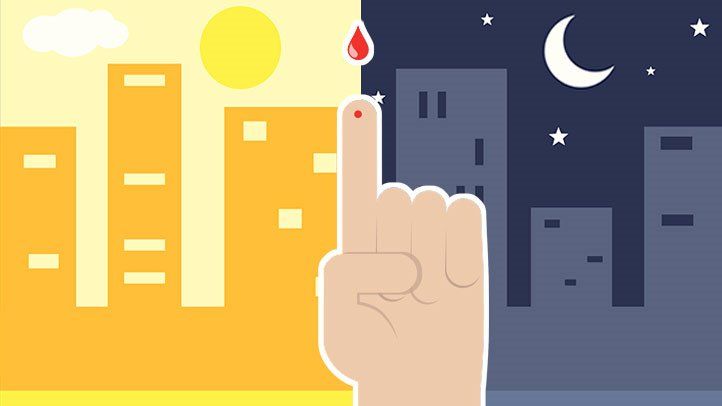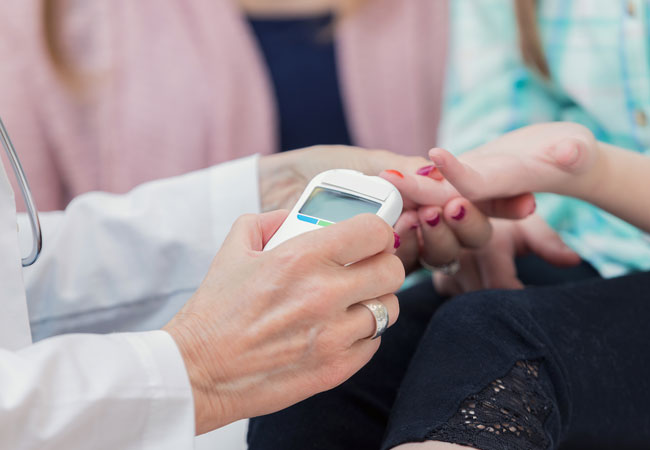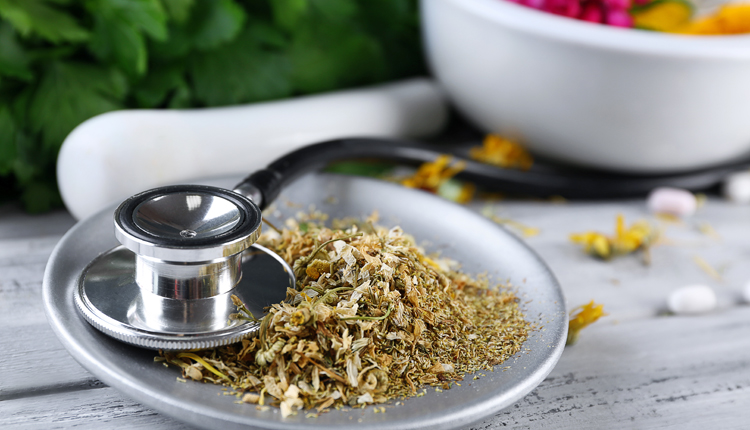Blood pressure is the force of blood against your blood vessels as it circulates. This force is necessary to make the blood flow, delivering nutrients and oxygen throughout your body. High blood pressure, also called hypertension, means there is too much pressure in your blood vessels. It may precede the onset of diabetes mellitus (DM). In many of the cases, both hypertension and diabetes mellitus may be diagnosed together. Diabetic population has almost doubled occurrence of hypertension as compared to non-diabetic general population.
Diabetes and high blood pressure are considered as major cardiovascular risk factors, which mean these can lead to coronary artery disease, stroke, left ventricular hypertrophy, and nephropathy. Patients suffering from both diabetes and high blood pressure have greater risk of atherosclerosis.
What are causes of high blood pressure?
Are you diagnosed with blood pressure & diabetes?
If yes, then monitor yourself regularly
Learn how to measure blood pressure & blood sugar at home, keep record of these.
What are the recommendations for starting anti-hypertensives?
British Hypertension Society, British Hyperlipidaemia Association and British Cardiac Society have jointly suggested the initiations of treatment of hypertension in diabetics when BP is equal to or more than 140/90 mm Hg. According to the WHO Expert Committee Recommendation in Hypertension Control treatment may be instituted at BP 130/85 mm Hg in a patient with diabetic nephropathy
Are lifestyle modifications recommended for Diabetic hypertensives?
Lifestyle modifications are must for diabetic hypertensive patients. These modifications also correct obesity, hyperglycaemia, hyperinsulinaemia, and act as primary prevention against cardiovascular risks. These will reduce blood pressure and control blood glucose levels.
It has been observed that regular physical activity has an independent cardioprotective effect. Regular aerobic exercise can reduce systolic BP by an average of 4 mmHg and diastolic BP by an average of 2.5 mmHg. It is advised to all patients to become physically active, as part of a comprehensive plan to control hypertension and diabetes, regardless of drug treatment. Aim for 30 minutes of moderate-intensity physical activity on most, if not all, days of the week.
Quitting smoking
Quitting smoking may not directly reduce BP, but markedly reduces overall cardiovascular risk. The risk of myocardial infarction is 2–6 times higher and the risk of stroke is 3 times higher in people who smoke than in non-smokers.
Quitting smoking also helps in better management of blood glucose and HbA1c levels.
Dietary Modification
Adequate intake of dietary-fibre, and K+, Ca++, Mg++ from fresh fruit, green vegetables, and dairy products should be ensured. Mg++ is provided by chlorophyll of green leafy vegetables. Anti-obesity diet should not contain more than 1/3rd of total calories from fat. Of the fat calories, 1/3rd should be derived from saturated fat and 2/3 from poly- or monounsaturated fat.

Weight reduction
Every 1% reduction in body weight lowers systolic BP by an average of 1 mmHg. Weight reduction by as little as 4.5 kg reduces BP and/or prevents hypertension in a large proportion of overweight people. Weight loss of 10 kg can reduce systolic BP by 6–10 mmHg.

Reducing Alcohol Intake
Reducing alcohol intake may reduce BP in many patients and also contributes in better management of blood sugar levels.
Co-existence of diabetes mellitus and hypertension increases the risk of macro – and micro-vascular complications. Blood pressure should be measured in supine, sitting, and standing postures in a diabetic patient to detect existence of autonomic neuropathy and drug induced postural hypotension. A good BP control (130/80 or below) prevents or retards the progress of both micro and macro-vascular complications. Tight control of blood glucose levels prevents or delays the progress of micro-vascular complications.
It is very important and must of diabetic hypertensive patients to modify their lifestyle to lead a healthy and happy life.
FenfuroTM is a clinically evaluated dietary supplement for effective management of blood glucose levels. It is supported by 6 international patents.

References
- http://www.webmd.com/hypertension-high-blood-pressure/guide/hypertension-treatment-overview#1
- http://www.mayoclinic.org/diseases-conditions/high-blood-pressure/in-depth/high-blood-pressure/art-20046974
- http://care.diabetesjournals.org/content/26/suppl_1/s80
- http://www.healthline.com/health/type-2-diabetes/hypertension#Overview1
- https://www.ncbi.nlm.nih.gov/pmc/articles/PMC3314178/
























